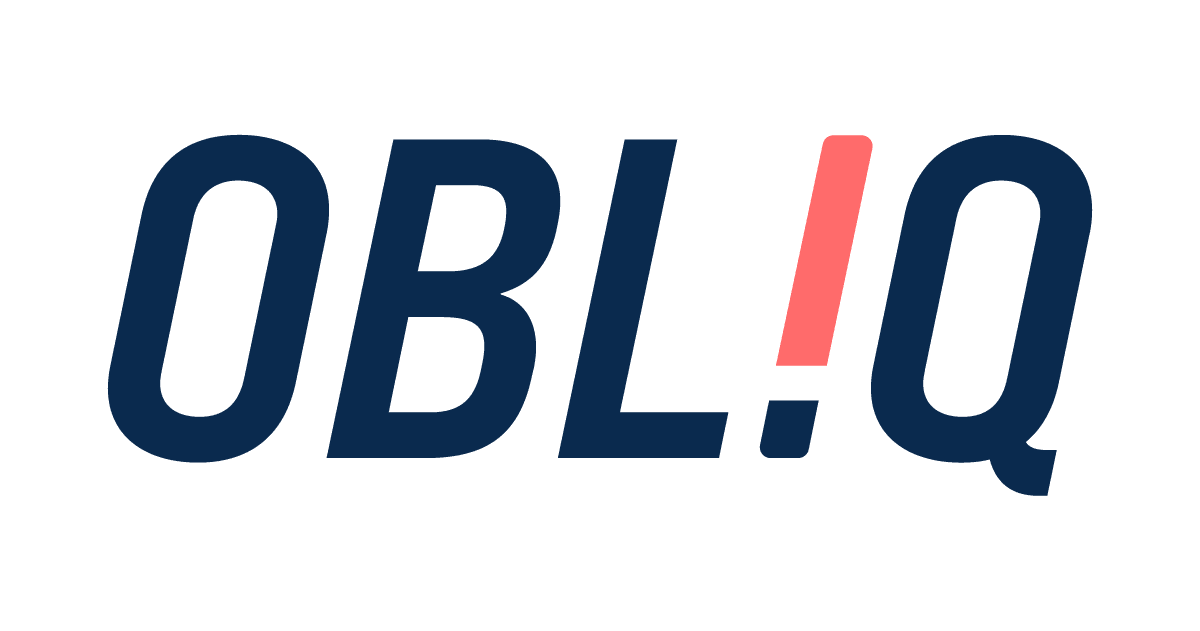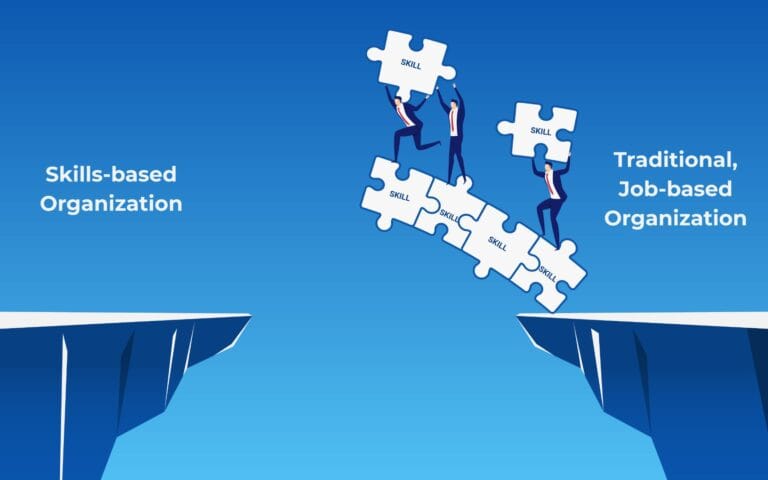As a leader in Learning & Development or HR, you stand at the epicenter of business transformation. You see the future clearly: a landscape where AI-powered platforms and deeply skilled talent aren’t just advantages, they’re essentials. Yet, you also face a monumental hurdle: securing the L&D budget for these critical—and often expensive—initiatives.
You’re not just asking for more money for a training budget. You’re asking for a strategic investment in the company’s survival and growth. The good news is that the C-suite is more receptive than ever, but they need to hear the case in their language: the language of risk, return, and strategic necessity.
This guide provides a practical framework to build a compelling business case for your skills transformation, connecting your proposal directly to the core goals that keep your executives up at night.
Frame the Argument: From Cost Center to Strategic Imperative
The conversation about investing in AI and skills must begin with the existential threats facing the business. This isn’t about incremental improvement; it’s about viability. Consider this a powerful opening for your business case: a stunning 45% of CEOs believe their companies won’t be viable in ten years if they stay on their current path. This single statistic reframes your budget request from an L&D ask to a direct answer to the CEO’s biggest concern.
The urgency is compounded by the relentless pace of change. With employers estimating that 39% of core skills will be different by 2030, and nearly six in ten workers requiring significant reskilling by 2027, inaction is not an option. Waiting means falling behind, and as the World Economic Forum warns, failing to invest in this imperative could translate into trillions in lost economic output.
The Urgency of Transformation
Key statistics highlighting the critical need for business and skills evolution in the modern workplace.
of CEOs fear their company won't be viable in 10 years on its current path.
of core skills are expected to change by 2030, disrupting job roles.
workers will require significant reskilling by 2027 to remain effective.
As global HR analyst Josh Bersin puts it, AI is the “‘only technology I’ve ever seen that actually completely transforms the way the company operates’… You’re going to look back 10 years from now, and you’re going to remember 2025 as the year of reinvention.”
Build the Financial Case: Speak the Language of ROI
Once you’ve established the strategic “why,” you must prove the financial “how.” Today’s HR and L&D leaders have access to more compelling ROI data than ever before, turning the conversation from expense to high-yield investment. This is reflected in budget trends, with nearly half (48%) of HR leaders increasing their HR tech spend and overall L&D investment seeing a significant boost—projected to reach $8 billion in Australia alone for 2024.
Your business case for AI and upskilling needs to be built on a foundation of clear, quantifiable returns. This is where strategic partners who can help with Data & Analytics Solutions become invaluable, helping you create dashboards that translate learning activity into business impact.
- The Cost of Inaction vs. The Savings of Action: The most direct way to prove value is to compare the cost of internal development against the exorbitant cost of external hiring and attrition. Investing in upskilling an existing employee can save a company at least 43% compared to hiring new talent, with payback periods as short as six months.
- The Productivity & Retention Payoff: Organizations that offer strong skills development see tangible gains, realizing an estimated $8,053 in annual savings per employee through higher productivity and lower turnover.
- The Speed of Return: Executive leaders want to see results quickly. Fortunately, skills investments deliver. According to the World Economic Forum, 66% of companies see a return on investment from skills training within the first year.
The Financial Case for Internal Mobility
Comparing the cost of developing existing talent versus acquiring new hires.
Upskill
Invest in your current employees' growth. A lower-cost, high-reward strategy that builds loyalty and institutional knowledge.
Hire
Recruit externally to fill skills gaps. This approach includes significant costs for recruitment, onboarding, and ramp-up time.
The Smart Decision
43% Average Savings
By prioritizing upskilling over external hiring, companies can save an average of 43% per role, achieving a faster return on their talent investment.
Frame AI Adoption as a Competitive Necessity
Beyond general skills, a specific focus on AI is no longer just advantageous—it’s a matter of competitive survival. An overwhelming 76% of HR leaders believe their organizations risk falling behind peers if they fail to implement AI solutions within the next two years.
This urgency is driving rapid adoption, with the percentage of HR professionals using AI projected to surge to 72% by 2025. Those who have already made the leap are seeing remarkable results, reporting an average productivity boost of 63%. A modern, AI-powered learning platform is not a leap of faith; it’s a data-backed decision with proven ROI.
The AI Imperative
AI is no longer optional. It's a critical driver of competitive advantage and productivity in HR.
of HR leaders believe their organization will fall behind if they don't adopt AI.
of HR professionals are projected to be using AI in their roles by 2025.
average productivity boost reported by HR leaders already leveraging AI solutions.
Showcase the Path to Success: From Theory to Reality
Data is powerful, but stories make the data resonate. Weaving in real-world examples shows your leadership team not just what is possible, but what is already being achieved.
- PwC's $3 Billion Transformation: PwC invested $3 billion in its "New World, New Skills" program and reported a $2 return in revenue for every $1 spent on upskilling. This case proves L&D can be a direct revenue driver.
- Exness's Agility Win: The fintech firm Exness used a skills-mapping tool to dramatically improve internal mobility, proving that investing in skills transparency directly powers business agility.
Proven Success Stories
Real-world examples of how strategic investment in skills and technology delivers tangible results.
PwC
$2 Return
for every $1 invested
Achieved through their "$3B New World, New Skills" upskilling initiative, turning L&D into a direct revenue driver.
Exness
Improved Agility
& Internal Mobility
Powered by implementing a skills-mapping tool to create talent transparency and fill critical roles from within.
These examples illustrate that closing the “knowing vs. doing” gap is the critical link to success. As Gartner’s Hanne Nieberg advises, CHROs must prioritize “investments that support business growth and talent retention.” Your proposal for Strategic Advisory & Transformation services and Platform Implementation does exactly that—it provides the essential infrastructure for turning strategy into action.
The Final Word: From Proposal to Transformation
Building the business case for your AI and skills transformation budget is your opportunity to become a core driver of business strategy. By framing your proposal around existential risks, quantifying the immense financial upside, and showcasing proven success stories, you shift the conversation from “can we afford to do this?” to “can we afford not to?” You’re presenting a clear, data-backed roadmap to a more resilient, competitive, and future-ready organization.
Now is the time to lead the charge in building a workforce that is ready for any challenge. A great first step is to craft the business case that will empower your organization to Unlock What’s Next!.










